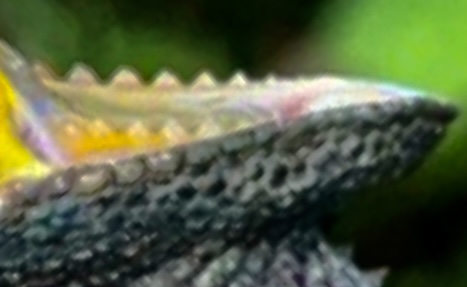Toothless Truths: How Chameleons Rewired Their Enamel Genes

In a fascinating study, Abramyan, Li, and Khansa (2025) explore how the loss of tooth replacement in acrodont reptiles—like chameleons and agamids—has reshaped the evolution of enamel matrix protein (EMP) genes. Unlike most vertebrates that continuously replace teeth, these reptiles develop acrodont dentition, where teeth fuse permanently to the jawbone. By comparing the genomes of 24 acrodont reptiles and 12 mammals, the researchers found that the reduction in tooth replacement correlates with accelerated evolution and relaxed selection in key EMP genes, such as AMEL, ENAM, and AMBN. These changes suggest that once lifelong tooth replacement was lost, the evolutionary pressure to maintain certain enamel-related genes diminished. This study offers a compelling example of how a single anatomical shift—like losing tooth replacement—can cascade into molecular evolution. It also highlights the intricate interplay between morphology and genetics in shaping vertebrate diversity.
Citation: Abramyan, J., Li, G., & Khansa, H. (2025). Reduction of tooth replacement disproportionately affects the evolution of enamel matrix proteins. Journal of Molecular Evolution, 93, 494–510. https://doi.org/10.1007/s00239-025-10258-4
